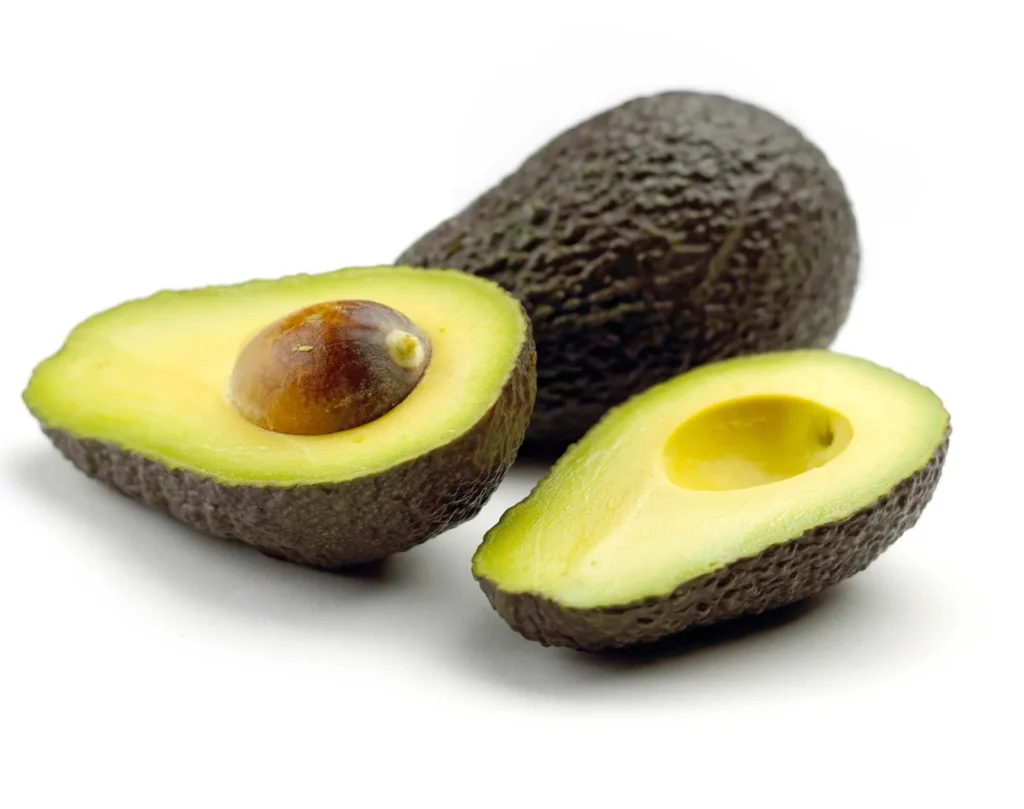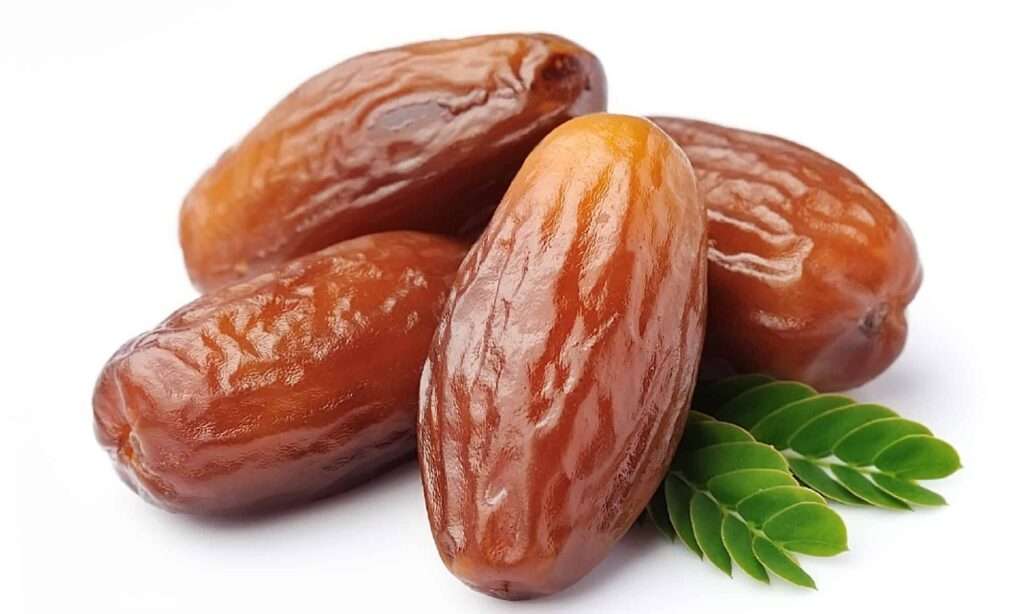
Description
Fruits with hairy skin and a brown look are medlars, which are not thought to be the most attractive fruit. Because you have to wait for it to blet, this dish is peculiar. Bletting is the practice of holding off on harvesting fruit until it is overripe or, as some could argue, rotten.
Varieties
Its production is secret, but four types are still grown for an annual harvest of 8,000 tonnes on 420 hectares in Morocco, close to the Zegzel Valley and Moulouya. These include the Navela or Beldi, the Muscat, the circular Mkarkeb, and the Tanaka.

Uses
They are delicious eaten fresh with yoghurt or ice cream, or you can use them in several well-known melons dishes. These include jam, jelly, chutney, and medlar cheese.
Nutrition
Tannins, organic acids, pectins, sugars, and amino acids are all present in sizeable concentrations. Carotene, vitamin C, and a variety of B vitamins are among the nutrients found in medar. In addition, it contains large amounts of calcium, iron, potassium, sodium, magnesium, and phosphorus in smaller amounts.
Cultivation
Medlars thrive in most soil types, with the exception of highly chalky or poorly drained soil, and they grow best in deep, fertile, well-drained soil. Although they prefer full sun, they can still produce under some shade.
Table





